Results 1,511 to 1,520 of 12096
Thread: Anandtech News
-
01-27-12, 11:10 AM #1511
Anandtech: The Radeon HD 7970 Reprise: PCIe Bandwidth, Overclocking, & The State Of A
With the release of AMD’s Radeon HD 7970 it’s clear that AMD has once again regained the single-GPU performance crown. But while the 7970’s place in the current GPU hierarchy is well established, we’re still trying to better understand the ins and outs of AMD’s new Graphics Core Next Architecture. What does it perform well at and what is it weak at? How might GCN scale with future GPUs? Etc.
Next week we’ll be taking a look at CrossFire performance and the performance of AMD’s first driver update. But in the meantime we wanted to examine a few other facets of the 7970: the impact of PCIe bandwidth on performance, overclocking our reference 7970 (and the performance impact thereof), and what AMD is doing for anti-aliasing with the surprise addition of SSAA for DX10+ along with an interesting technical demo implementing MSAA and complex lighting side-by-side. So let’s get started.
More...
-
01-27-12, 12:00 PM #1512
Anandtech: The AMD FX (Bulldozer) Scheduling Hotfixes Tested
The basic building block of Bulldozer is the dual-core module, pictured below. AMD wanted better performance than simple SMT (ala Hyper Threading) would allow but without resorting to full duplication of resources we get in a traditional dual core CPU. The result is a duplication of integer execution resources and L1 caches, but a sharing of the front end and FPU. AMD still refers to this module as being dual-core, although it's a departure from the more traditional definition of the word. In the early days of multi-core x86 processors, dual-core designs were simply two single core processors stuck on the same package. Today we still see simple duplication of identical cores in a single processor, but moving forward it's likely that we'll see more heterogenous multi-core systems. AMD's Bulldozer architecture may be unusual, but it challenges the conventional definition of a core in a way that we're probably going to face one way or another in the not too distant future.
The bigger issue with Bulldozer isn't one of core semantics, but rather how threads get scheduled on those cores. Ideally, threads with shared data sets would get scheduled on the same module, while threads that share no data would be scheduled on separate modules. The former allows more efficient use of a module's L2 cache, while the latter guarantees each thread has access to all of a module's resources when there's no tangible benefit to sharing.
This ideal scenario isn't how threads are scheduled on Bulldozer today. Instead of intelligent core/module scheduling based on the memory addresses touched by a thread, Windows 7 currently just schedules threads on Bulldozer in order. Starting from core 0 and going up to core 7 in an eight-core FX-8150, Windows 7 will schedule two threads on the first module, then move to the next module, etc... If the threads happen to be working on the same data, then Windows 7's scheduling approach makes sense. If the threads scheduled are working on different data sets however, Windows 7's current treatment of Bulldozer is suboptimal.
AMD and Microsoft have been working on a patch to Windows 7 that improves scheduling behavior on Bulldozer. The result are two hotfixes that should both be installed on Bulldozer systems. Read on for our take on what these hotfixes do to Bulldozer's Windows 7 performance.
More...
-
01-27-12, 04:20 PM #1513
Anandtech: AMD Posts Catalyst 12.1 Drivers, Catalyst 12.2 Preview
AMD has posted its first Catalyst driver package of the new year, Catalyst version 12.1, the feature set of which hasn't changed much since the preview release - the banner feature is still custom application profiles, which allow users to create custom 3D and CrossFire setting for individual games. This has long been a feature offered by NVIDIA's driver packages, and it's nice to see AMD implementing it. AMD notes that users of the Catalyst 12.1 preview package restore the Catalyst Control Center's default settings after upgrading to prevent compatibility issues.
The 12.1 drivers also enable 3D display support for CrossFireX setups, and a "Stereo 3D mode" over HDMI 1.4a connections which supports 1080p at 30Hz on displays that can take advantage of it. New video color and quality adjustment panels offer no new features, but aim to simplify adjustment of those settings. A handful of game and bug fixes for Windows 7 and Vista users round out the release notes.
The Catalyst 12.2 preview, available here, focuses primarily on Eyefinity 2.1 improvements - a "larger" selection of resolutions are available, the drivers will automatically switch between different display configurations as monitors are plugged in and unplugged, the HydraVision software now allows the Windows taskbar to be moved and resized, and the driver also offers "increased support" for Display Groups, including groups of up to five monitors. Additionally, the 12.2 driver addresses many of the "known issues" with games present in the 12.1 drivers.
Interestingly, neither driver offers support for the newly-released Radeon HD 7970 cards - AMD says that 7970 users need to stick with the separate 8.921.2 RC11 driver, posted here. Given that the preview driver packages tend to be pretty representative of the final WHQL-certified versions, we may not see 7000-series support in the Catalyst packes until 12.3 (but hopefully not much later).
As usual, these drivers are available for desktops running 32- and 64-bit versions of Windows 7, Vista, and XP, and laptops running Windows 7 and Windows Vista. Most DirectX 10 and 11-capable cards, IGPs, and APUs in the 2000, 3000, 4000, 5000, and 6000 series are supported.
Source: AMD (12.1, 12.2)
More...
-
01-28-12, 12:30 PM #1514
Anandtech: Snapdragon S4 “Krait” – MSM8960 GPU Benchmark Surfaces
A NenaMark 2 benchmark score for an unknown device based on Qualcomm’s upcoming 28nm Snapdragon S4 “Krait” MSM8960 SoC has just surfaced. The device seems to have 1.5Ghz CPU, a 1024x600 resolution display powered by an Adreno 225 GPU and running Android 4.0.3.
The Adreno 225 GPU scores 54.9 fps in the benchmark. To put things in perspective, a Galaxy S2, powered by the Mali-400 MP4 scores 46.2 fps. The important difference here is that the Galaxy S2 has an 800x480 resolution display, which makes the Adreno 225’s performance that much more impressive while powering a higher resolution display.
What remains to be seen is how the Adreno 225 stacks up against the current king-of-the-hill, the PowerVR SGX543MP2, the custom GeForce GPU in Tegra 3 and other upcoming GPUs such as the Mali T-604 and whatever Apple comes up with in its A6 chip. Given the raw performance offered by these next-gen GPUs, it won’t be long before we get console-quality gaming on our handheld devices.
Source: GSMArena
More...
-
01-29-12, 11:50 PM #1515
Anandtech: AOC i2353Ph - IPS for a nice, low price
For most people seeking accurate color reproduction and wide viewing angles, IPS has been the screen technology of choice for years now. The main issues against IPS have typically been response time for gamers, a higher black level than VA technologies, and more prominently cost. More and more vendors have been introducing e-IPS displays, which is a more transparent version of IPS that allows for the use of lower powered backlights, lowering the cost to consumers. The tradeoff is that this does have a negative effect on contrast shifts in the panel when viewed at an angle, though color shifts still are not present.
There was a bit of chatter this past fall when AOC introduced the i2353 display, which is an LED backlit IPS panel with an MSRP under $200. Had the prices of IPS panels and components finally fallen to the point where they would be able to start forcing companies to transition to them away from TN for their affordable monitor lines? To find out if the AOC monitor was still able to offer a good level of performance at this price point we requested a review sample, which they quickly provided.
More...
-
01-30-12, 11:30 AM #1516
Anandtech: Intel Releases Seven Sandy Bridge CPUs
Today, Intel has released seven new Sandy Bridge based CPUs: three Core i5 and four Celeron models. All the i5 SKUs are desktop models, whereas the Celeron SKUs are mobile: two standard voltage and two ultra-low voltage models. Below is a table of the new SKUs.
You may be wondering what the P at the end of two Core i5 SKUs stands for. Intel has not updated their product database yet so we aren't 100% sure, but VR-Zone is reporting that it implies a GPU-less model. VR-Zone is also stating that the i5-2550K is GPU-less as well, which would be a step down from the i5-2500K that features Intel HD 3000 graphics.Specifications of New Intel CPUs (1/30/2012) SKU Core/Thread Count Frequency Max Turbo Frequency L3 Cache TDP Price Core i5-2550K 4/4 3.4GHz 3.8GHz 6MB 95W $225 Core i5-2450P 4/4 3.2GHz 3.5GHz 6MB 95W $195 Core i5-2380P 4/4 3.1GHz 3.4GHz 6MB 95W $177 Celeron B815 2/2 1.6GHz N/A 2MB 35W $86 Celeron B720 1/1 1.7GHz N/A 1MB 35W $70 Celeron 867 2/2 1.3GHz N/A 2MB 17W $134 Celeron 797 1/1 1.4GHz N/A 1MB 17W $107
This is a logical move as Intel must have a stack of chips with fully working cores and other parts, but the IGP isn't functional. On the other hand, it's good to keep in mind that a disabled IGP means no Quick Sync. Since the price and specification differences between the models with IGP and the models without is so small, we recommend buying a model with the graphics as you never know when you might want/need Quick Sync or more video outputs. The 100MHz increase in frequency isn't worth the loss of the IGP.
As for the CPUs in general, i5-2550K is obviously the successor of i5-2500K. It has 100MHz (i.e. one CPU bin) higher frequencies than i5-2500K and is priced $9 higher. Similarly, i5-2450P and i5-2380P are successors of i5-2400 and i5-2320—the i5-2450P being $11 more expensive and i5-2380P being priced the same as its predecessor. Celeron B815 replaces B810 at the $86 price point; they share the same core specs while the GPU gets a bump in maximum clock from 950MHz to 1050MHz. Meanwhile, B720 succeeds B710 with 100MHz higher frequency and the same $70 price tag. Celeron 867 becomes the new high-end ULV Celeron by taking the place of 857 at the price point of $134 with 100MHz higher frequency, and 797 increases the frequency by 100MHz to 1.4GHz in the $107 category and replaces 787.
More...
-
01-30-12, 04:20 PM #1517
Anandtech: Samsung Announces Galaxy S Advance
Reports about a new Samsung Galaxy series smart phone have been floating around for a few days now, and today Samsung has finally made it official by announcing the new family member: Galaxy S Advance. It's a 4" higher middle-class model, so it's not competing against Galaxy S II or Galaxy Nexus. Below is a comparison table including the new Galaxy S Advance.
First, let's discuss the SoC. Samsung only lists it as 1GHz dual core processor, so we don't have any concrete specs (hence the question mark). The SoC selection of the Galaxy S lineup is fairly fragmented as well. The original Galaxy S uses 1GHz single-core Samsung Hummingbird S5PC110, Galaxy S Plus uses 1.4GHz single-core Qualcomm Snapdragon MSM8255T, and Galaxy S II moved to dual-core with 1.2GHz Samsung Exynos 4210, though there have been reports of TI OMAP 4430 based Galaxy S IIs as well. Then we have T-Mobile version of the S II that uses Qualcomm Snapdragon S3 APQ8060. Galaxy Nexus is another oddball as it uses TI OMAP 4460. Pretty simple, huh?Physical Comparison Apple iPhone 4S Samsung Galaxy S II Samsung Galaxy Nexus (CDMA/LTE) Samsung Galaxy S Advance Height 115.2 mm (4.5") 125.3 mm (4.93") 135.5 mm (5.33") 123.2 mm (4.85") Width 58.6 mm (2.31") 66.1 mm (2.60") 67.94 mm (2.67) 63.0 mm (2.48) Depth 9.3 mm ( 0.37") 8.49 mm (0.33") 9.47 mm (0.37") 9.69 mm (0.38") Weight 140 g (4.9 oz) 115 g (4.06 oz) 150 g (5.3 oz) 120 g (4.2 oz) CPU Apple A5 @ ~800MHz Dual Core Cortex A9 1.2 GHz Exynos 4210 Dual Core Cortex A9 1.2 GHz Dual Core Cortex-A9 OMAP 4460 1.0 GHz Exynos 4210 Dual Core Cortex-A9 (?) GPU PowerVR SGX 543MP2 ARM Mali-400 PowerVR SGX 540 ARM Mali-400 (?) RAM 512MB LPDDR2-800 1 GB LPDDR2 1 GB LPDDR2 768 MB LPDDR2 NAND 16GB, 32GB or 64GB integrated 16 GB NAND with up to 32 GB microSD 32 GB NAND 8/16 GB NAND Camera 8 MP with LED Flash + Front Facing Camera 8 MP AF/LED flash, 2 MP front facing 5 MP with AF/LED Flash, 1080p30 video recording, 1.3 MP front facing 5 MP with AF/LED Flash, 720p30 video recording, 1.3 MP front facing Screen 3.5" 640 x 960 LED backlit LCD 4.27" 800 x 480 SAMOLED+ 4.65" 1280x720 SAMOLED HD 4.0" 480x800 SAMOLED Battery Internal 5.3 Whr Removable 6.11 Whr Removable 6.85 Whr Removable 5.55 Whr
Luckily, the frequency gives us some indication of the core SoC. Snapdragon S3 isn't available at 1.0GHz, so we can rule out Qualcomm. That leaves us with Exynos 4210 and OMAP 4430, of which both are available at 1.0GHz. Given the track record of the Galaxy S series, our guess would be Exynos 4210 as Samsung seems to prefer in-house SoCs. Then again, we may see country specific models utilizing TI's OMAP 4430, in which case the GPU changes to PowerVR SGX 540. Either way, we should be looking at lower performance than what the high-end smart phones provide.
Galaxy S Advance has Android 2.3 (Gingerbread) pre-installed, but unfortunately there is no word on Android 4.0 (Ice Cream Sandwhich) support. According to the press release, Galaxy S Advance won't be available in the US; the release will happen gradually in Russia, Europe, Africa, Middle East, Asia and Latin America, starting in February. No pricing has been released either but we are probably looking at €400-500 (i.e. ~€100 cheaper than the high-end models), although the price will vary depending on taxation and contract.
More...
-
01-30-12, 04:40 PM #1518
Anandtech: AVADirect Silent Gaming PC: An Exercise in Balance
One of the benefits of going with a boutique builder is being able to get custom machines that are a little more specialized than what you might get from HP or even Alienware. While bigger vendors can produce their own cases, those designs have to suit a wide variety of customers. Boutiques can cherry pick existing hardware and modify it for specific purposes, gearing each build to suit the end user's exact needs. It's the same benefit many of us enjoy from building our own machines, but for those who can't or won't, builders like AVADirect are here to pick up the slack.
Which leads us to today's build, which AVADirect dubs their Silent Gaming PC. Their builders have tried to take a standard powerhouse boutique machine and kill the noise. Did they succeed, or is the Silent Gaming PC merely the sum of its parts?
More...
-
01-30-12, 04:40 PM #1519
Anandtech: Apple Updates AirPort Utility, AirPort Base Station Firmware - Adds iCloud
Apple just pushed out a slew of updates to its WiFi related products which we've covered and reviewed already, including the AirPort Extreme and Time Capsule. The latest update brings the Base Station firmware version to 7.6.1, and adds performance fixes as well as iCloud remote access for attached disks. From the release notes:
This update is for all 802.11n AirPort Express, 802.11n AirPort Extreme and Time Capsule models. It fixes an issue with wireless performance and provides support for remote access to an AirPort disk or a Time Capsule hard drive with an iCloud account.The other part of the update includes AirPort Utility 6.0 which matches the style and theme of the recently released AirPort Utility for iOS.
We're playing around with the updates and will update soon with more details.
Source: Apple (1), (2)
More...
-
01-30-12, 11:00 PM #1520
Anandtech: Motorola Announces RAZR XT910 Developer Edition with Unlocked Bootloader
A while ago, Motorola announced plans to start unlocking bootloaders on devices "where operator and channel partners will allow it" sometime in 2011. While it's clear now (with that deadline behind us) that operators remain opposed to subsidizing sales of devices with unlockable bootloaders, Motorola is now moving forward with what would seem like an alternative means to a similar end, starting with creation of a Developer Edition XT910 device for Europe. The Developer Edition XT910 is similar to to the normal XT910, but includes an unlockable bootloader and is sold with no warranty - the device is currently available for preorder for €499.00. This is essentially the RAZR we've reviewed already but with GSM/WCDMA air interfaces and no LTE connectivity.
Customers stateside will have to wait for a corresponding unlockable developer device which ostensibly will mirror the XT912 shipping on Verizon Wireless with CDMA2000 1x/EVDO and LTE air interfaces. Hopefully Motorola's plans to launch Developer Edition devices doesn't mean that it has failed to reach an agreement with carrier partners to enable currently shipping devices to be unlocked.
Source: Motorola Blog, Motorola Dev. Devices, XT910
More...
Thread Information
Users Browsing this Thread
There are currently 18 users browsing this thread. (0 members and 18 guests)






 Quote
Quote
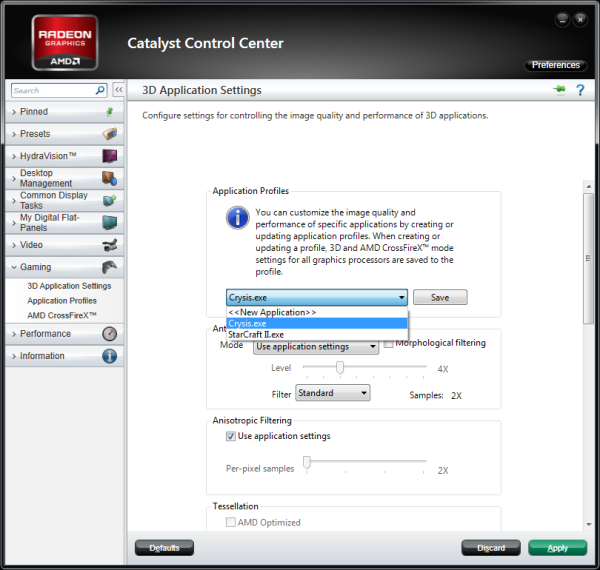
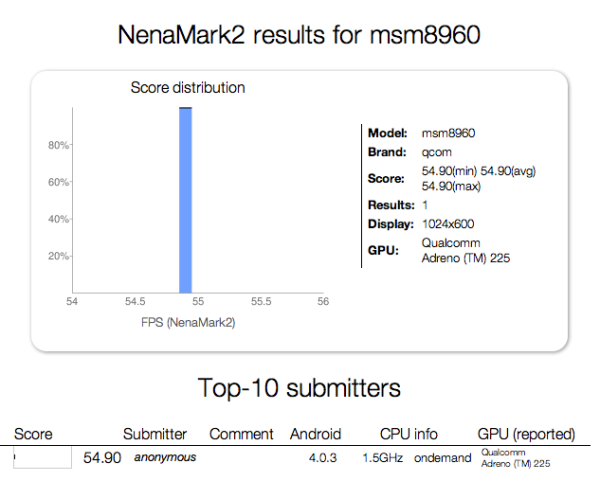
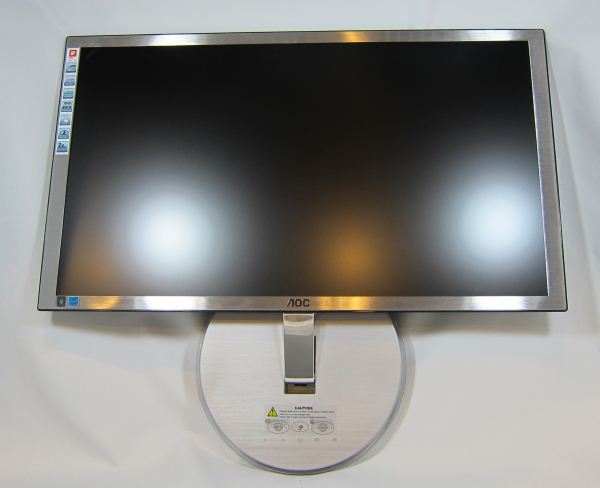
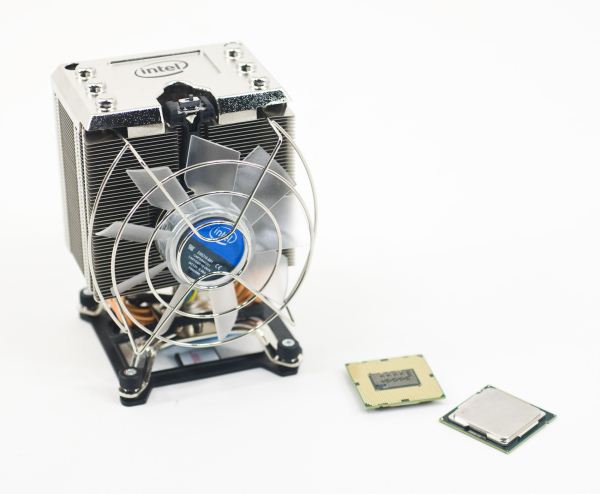
_575px.jpg)
_thumb.jpg)
_thumb.jpg)
_thumb.jpg)
_thumb.jpg)

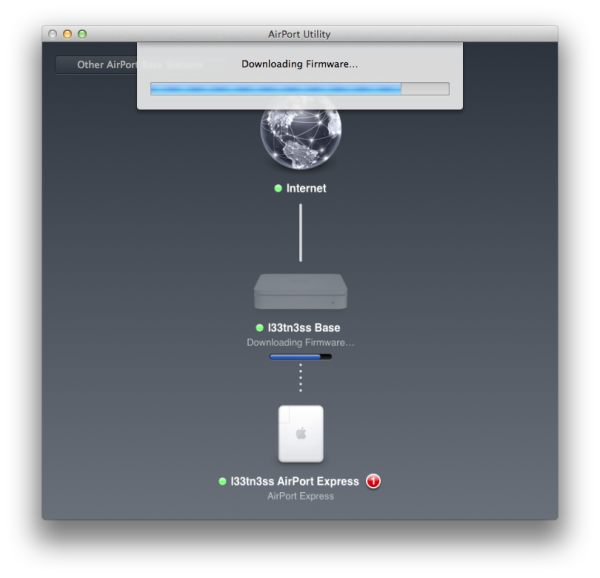

















Bookmarks